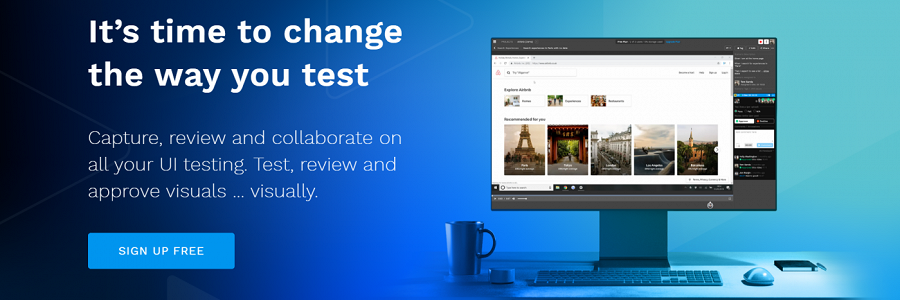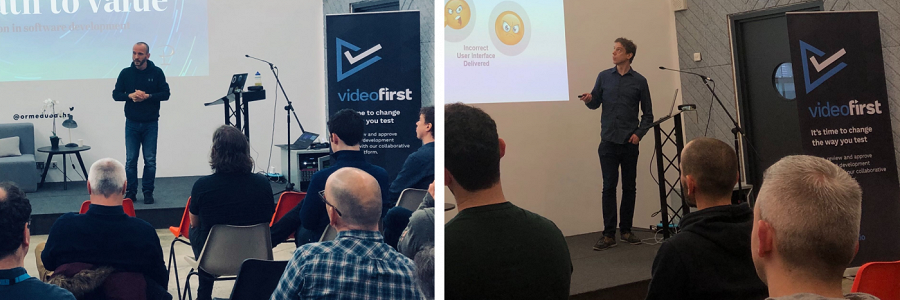Where the Journey began ... Video First was born

The Problem
What I first started working on my idea, it had no name, no solution just a problem – “testing and delivering user interfaces”.
The problem I encountered many times in my career as a software engineer was the complex process of delivering / testing / collaborating on a software UI (user interface). Delivering UI is hard, there are many obstacles and problems. These include: -
- Designs being out of sync with the actual implemented UI
- Lack of visibility of what is being tested
- Getting sign off by the correct people i.e. product owners, customers
- Remote testing / engineering teams adding to complexity
- testing / engineering staff leaving (losing skills).
Some of the software companies I chatted to about this problem were using outdated technologies to help with their UI testing such as spreadsheets.
The Solution
This is where the idea for Video First came from i.e. using video to capture, communicate and collaborate on user interface testing. Think YouTube, but instead of lots of cat videos, there would be videos of user interface tests.
For example, an engineer creates a new piece of UI functionality (e.g. search button). To test, they hit record on screen capture software, do a quick test, stop screen capture and then upload the saved video of the test to Video First. They can then invite their colleagues to review the test. These could be other engineers, testers, management, designers and even customers who can all login in, play the video of the test, comment, approve / decline etc.
This increases visibility at a much earlier stage of the development life process and ensures that the correct UI is being built – thus saving time / money for customers / clients / software companies.
The video is proof that the testing happen and that it was signed off by the correct stakeholders.
Getting Started
So at the start of August 2017, I dedicated 2 days a week to this idea for 3 months and then applied to the the Propel Pre-Accelerator acellerator in Belfast. If successful the company could work fulltime on the idea for a minimum of 6 months as the accelerator provided £15,000 of funding.




